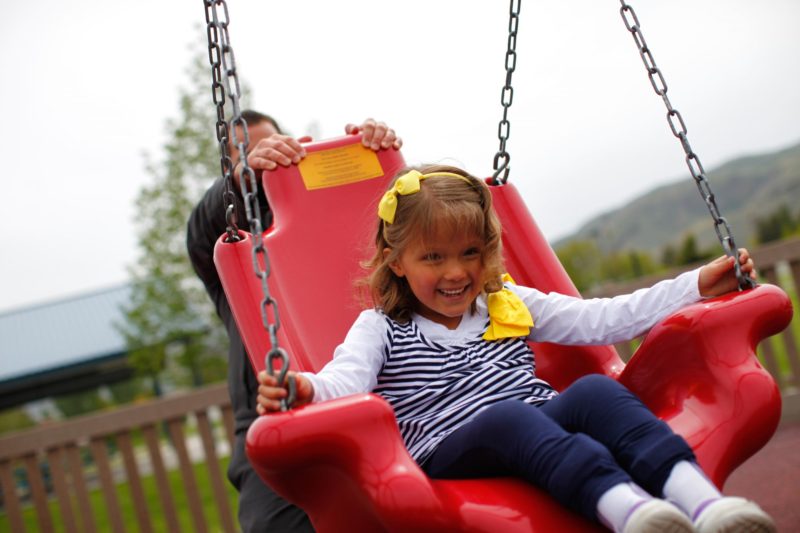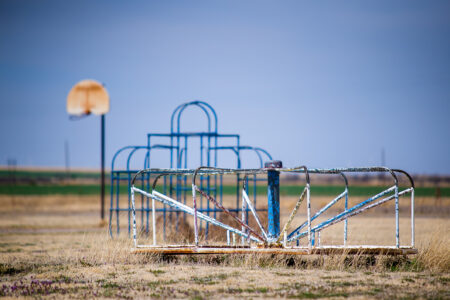
Share On Social!
While some Latino families and kids lack access to parks and playgrounds, others face the additional challenge of locating playgrounds that are designed for children with disabilities in mind.
Fortunately, new parks designed with accessible features like broad, flat ramps to get to the top of a play house, swings with highback chairs, and sand tables placed at the level of wheelchairs, can provide disabled children with a safe place to play, while enabling them to get the physical activity they need.
According to a news article from NPR, in recent years, more individuals have become aware of the need to build what is termed “inclusive” or “accessible” playgrounds. So far 2505 playgrounds in 96 cities have been logged into NPR’s new tool which lets users find and track accessible playgrounds throughout the country.
In the NPR article, Angela Hanscom, a pediatric occupational therapist, who works at an outdoor camp in New Hampshire, said: “movement and play are important for both atypical and typical children.”
The article goes on to discuss how children with physical disabilities may possibly face “play deprivation,” and about how play can help children with conditions like ADD, anxiety, autism, and many other emotional or sensory issues.
In Salinas, California, one Latina mom, Jannna Espinoza, discussed just how appreciative she was to have an accessible playground, Tatum’s Garden, where her daughter could play.
“My youngest daughter is able to swing on the accessible swings for the first time. Espinoza said. “She can army crawl herself through a tunnel in the toddler section.”
Read the full NPR article here.
Visit NPR’s new mapping tool to find an accessible playground near you!
By The Numbers
33
percent
of Latinos live within walking distance (<1 mile) of a park



